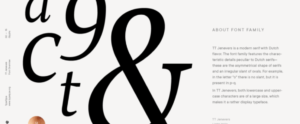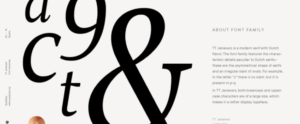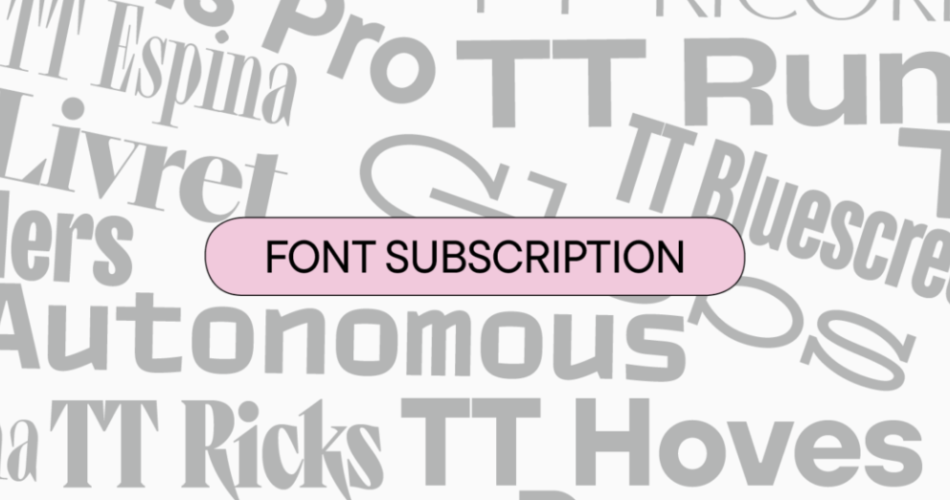When it comes to design, fonts play a crucial role in creating a visually appealing and memorable experience. Whether you’re a graphic designer, web developer, or creative professional, understanding the nuances of buying fonts is essential. This comprehensive guide will walk you through everything you need to know about buying fonts, from the types available to where you can purchase them online.

Buying Fonts
Why buying fonts is important for designers
Fonts are more than just letters on a page; they convey emotions, set the tone, and establish the personality of your design. By investing in high-quality fonts, you can elevate your work and make it stand out from the crowd. Buying fonts also gives you access to a wide range of options, allowing you to find the perfect typeface that aligns with your creative vision.
Types of fonts available for purchase
When it comes to buying fonts, you’ll come across various types, each with its own unique characteristics. Serif fonts, like Times New Roman, have small lines or strokes attached to the end of each letter. They are often associated with tradition, elegance, and formality. On the other hand, sans-serif fonts, such as Arial, have clean lines without any decorative strokes. They are more modern, minimalistic, and convey a sense of simplicity. Display fonts are highly decorative and are commonly used for headlines or logos. Script fonts mimic handwriting and add a touch of elegance and personalization to your design. Finally, there are decorative fonts that come in various shapes, sizes, and styles, perfect for adding flair to your projects.
Where to buy fonts online
With the rise of e-commerce, buying fonts online has become incredibly convenient. There are numerous platforms dedicated to selling fonts, offering a wide selection of typefaces to choose from. One such platform is Envato Elements. It provides a vast library of fonts, both free and paid, catering to different design needs. Another popular option is MyFonts, which offers a vast collection of professionally designed fonts from renowned foundries and independent designers. Google Fonts is another excellent resource, offering a vast collection of open-source fonts that can be easily integrated into web projects. These are just a few examples, but there are plenty of other reputable websites where you can buy fonts online.
Factors to consider when buying fonts
When purchasing fonts, it’s essential to consider a few factors to ensure you make the right choice for your project. First and foremost, consider the readability of the font. Is it easy to read, even at smaller sizes? Next, think about the mood and tone you want to convey. Does the font align with the emotions you want to evoke in your design? It’s also crucial to consider the font’s versatility. Can it be used in different contexts and applications? Additionally, think about the licensing terms. Some fonts may have restrictions on usage, so make sure to read and understand the licensing agreement before purchasing.
Tips for choosing the right font for your project
Choosing the right font for your project can be a daunting task, given the vast number of options available. Here are some tips to help you narrow down your choices:
- Consider the project’s purpose: Different projects require different fonts. For example, a formal invitation might call for an elegant serif font, while a modern website might benefit from a sleek sans-serif font.
- Ensure readability: No matter how visually appealing a font may be, if it’s difficult to read, it’s not the right choice. Test the font at different sizes and on different devices to ensure it remains legible.
- Pay attention to contrast: Pairing fonts with contrasting styles can create visual interest and hierarchy. Choose a font combination that complements each other while maintaining readability.
- Consider the target audience: Fonts can convey different emotions and appeal to different demographics. Consider who your target audience is and choose a font that resonates with them.
- Trust your instincts: Ultimately, choosing a font is a subjective decision. Trust your instincts and go with the font that feels right for your project.
Understanding font licensing
Font licensing is an essential aspect of buying fonts, as it dictates how you can use the typeface you’ve purchased. Most fonts are protected by copyright laws, and their usage is restricted to specific terms. There are typically two types of licenses: desktop licenses and web licenses. Desktop licenses allow you to use the font on your computer for personal or commercial projects, while web licenses enable you to embed the font on your website. It’s crucial to carefully read and understand the licensing agreement before proceeding with the purchase to ensure you’re compliant with the terms.
How to install and use purchased fonts
Once you’ve purchased a font, installing and using it is a straightforward process. On a Windows computer, you can install the font by right-clicking on the font file and selecting “Install.” On a Mac, you can double-click the font file, and it will automatically install. Once the font is installed, you can access it in design software like Adobe Photoshop or Illustrator by selecting it from the font dropdown menu. Remember to restart any applications using the font for the changes to take effect.

Buying Fonts
Common mistakes to avoid when buying fonts
While buying fonts is an exciting endeavor, there are a few common mistakes to avoid:
- Ignoring licensing restrictions: Always read and understand the licensing terms before purchasing a font. Using fonts without proper licensing can lead to legal consequences.
- Overlooking compatibility: Ensure the font you purchase is compatible with the software and devices you plan to use it on. Some fonts may not be compatible with certain software or may not render correctly on different devices.
- Neglecting readability: Fancy fonts may look appealing, but if they sacrifice readability, they may not be the best choice for your project. Prioritize legibility, especially for body text.
- Limiting yourself to popular fonts: While popular fonts are widely used for a reason, don’t be afraid to explore lesser-known or niche fonts. They can help your design stand out and create a unique visual identity.
- Not testing the font in different contexts: Fonts can look different in various contexts, such as on different screens or in different print materials. Always test the font in different scenarios to ensure it looks as intended.
Conclusion: Enhancing your design with the right fonts
Buying fonts is an investment in your design work. By understanding the types of fonts available, where to buy them, and the factors to consider, you can make informed decisions that enhance your projects. Remember to choose fonts that align with the purpose and target audience, and always be mindful of licensing restrictions. With the right fonts, you can elevate your design and create visually stunning work that leaves a lasting impression.

